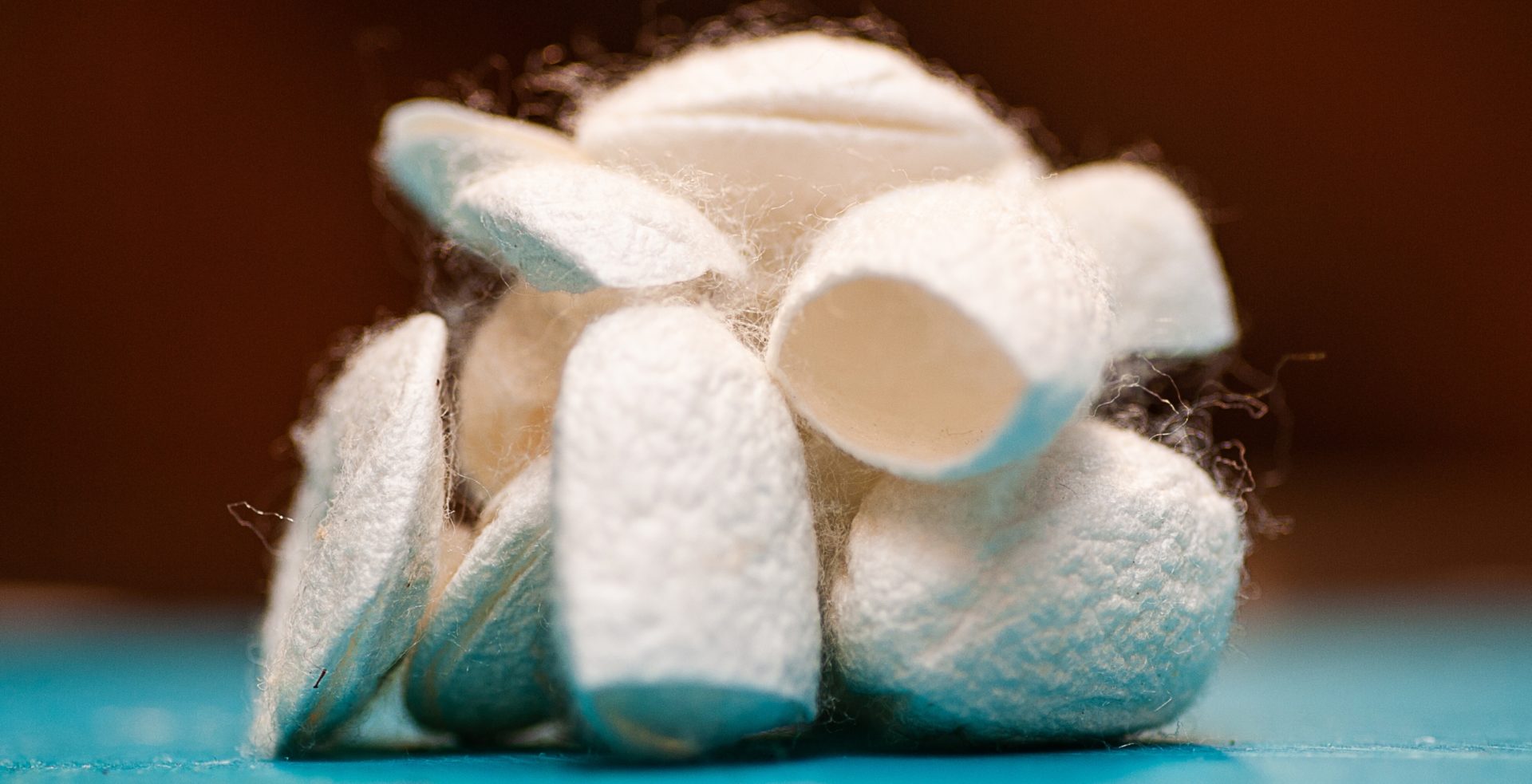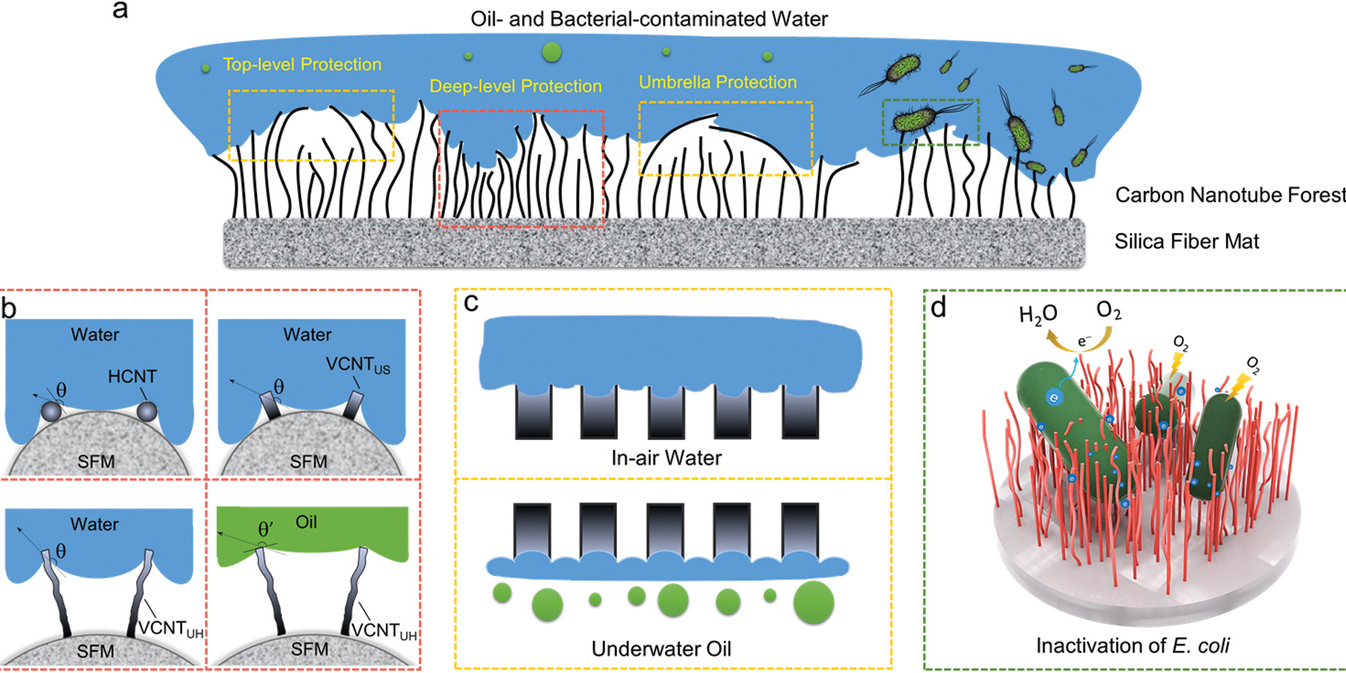Looking beyond luxury: MIT researchers eye silk as a powerful tool in the fight against climate change and global food sustainability

According to the United Nations, the world has seen a rapid, seven-fold increase to the global population, leading to an important question in our quest to address human impact on climate change: how can we continue to feed everyone without devastating our natural resources? In the United States alone, the U.S. Department of Agriculture estimates that about 13.7 million households experienced food insecurity in 2019. Benedetto Marelli, a professor of Civil and Environmental Engineering at MIT, is willing to bet on an unusual source to help tackle these challenges around food insecurity and sustainability: silk.
“We are wasting 30 to 40 percent of the food we are producing which means we are wasting 25 percent of the freshwater that the entire world consumes. Food waste is the third CO2 generator in the world behind China and the United States, so it has a big impact.” says Marelli. “On top of that, we are wasting food that can feed 1.6 billion people while 800 million people suffer from food insecurity – in the U.S. almost 10 percent of the population.”
Marelli studies the properties of silk to understand how the material can be optimized to improve the way food is packaged and stored in the hope of reducing waste. He is the cofounder Mori, Inc – previously Cambridge Crops – a company working to design silk-based products to extend the shelf life of perishable food, such as meat and produce . Marelli also recently unveiled a sensor using silk microneedles, designed to identify consumers when a product has gone bad, reducing the need for guessing that can lead to products being thrown out before they’ve spoiled.
Silk is a versatile natural byproduct harvested from silkworms made for their cocoons. Humans have coveted the material’s luxurious textile properties for centuries, but it only recently has silk has garnered interest as a preservative. Since silk is nontoxic to humans, it can be packaged with or even placed into food consumed by humans, but more importantly, like with a silkworm in a cocoon, silk actually works to keep pathogens out, protecting food from disease-causing microbes.
“Silk acts like a barrier for microbial spoilage, when you think about the cocoon, that’s what it does – it protects the silkworm from the environment,” says Marelli. “One of the problems we face is not only food security but food safety, especially food that has pathogens inside. Right now, you have several thousands of people in the United States die each year from food borne pathogens.”
In addition to the potential direct benefit for U.S. and global consumers, Marelli envisions silk as a cash crop that farmers can tap into for a regular source of income, while also helping to reduce the amount of food wasted each year. Because of the extremely short stage of the silkworm – 28 days from egg hatched to cocooning – harvesting the silk would allow farmers to count on a consistent monthly wage. Additionally, the mulberry tree that silkworms prefer for the environment to make their cocoons are relatively low-maintenance and do not require a lot of additional resources to grow, provided the right climate conditions.
“It is important to find solutions that can minimize the amount of inputs that we’re putting in agriculture and food production. At the moment we are using too much fertilizer, pesticides, too much water, so we need to be able to develop new agricultural practices, and inform the growers who are already doing a lot of work to modernize themselves,” says Marelli. “We need to provide them with simple tools which help them minimize the amount of inputs, which is also good for them because their costs decrease.”
Reducing our reliance on crops that require huge investments of resources to grow them isn’t just good for farmers living in traditional areas either it opens up a new realm of opportunity where and when crops can be grown, which would shift the paradigm in how we currently think about farming in general. New techniques such as vertical farming and other alternative farming methods are becoming more common, charting a path forward for shifting production from land to cities as we move towards soilless agriculture. But for Marelli, sustainability is key metric to consider in any forward-thinking agricultural process, and this mindset continues to inform his approach to design and refine his silk technologies.
“When it comes to regenerating silk to make coatings, that is where we need to be sure that the process, we develop can be made sustainable at scale, not just in the lab,” says Marelli. “No matter what, sustainability needs to be part of the process.”
Share on Bluesky


